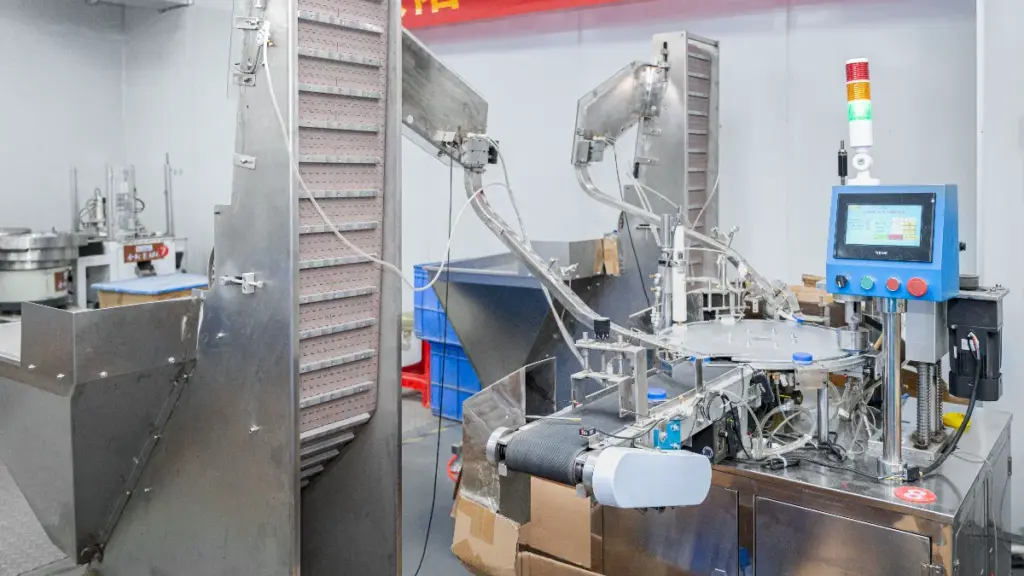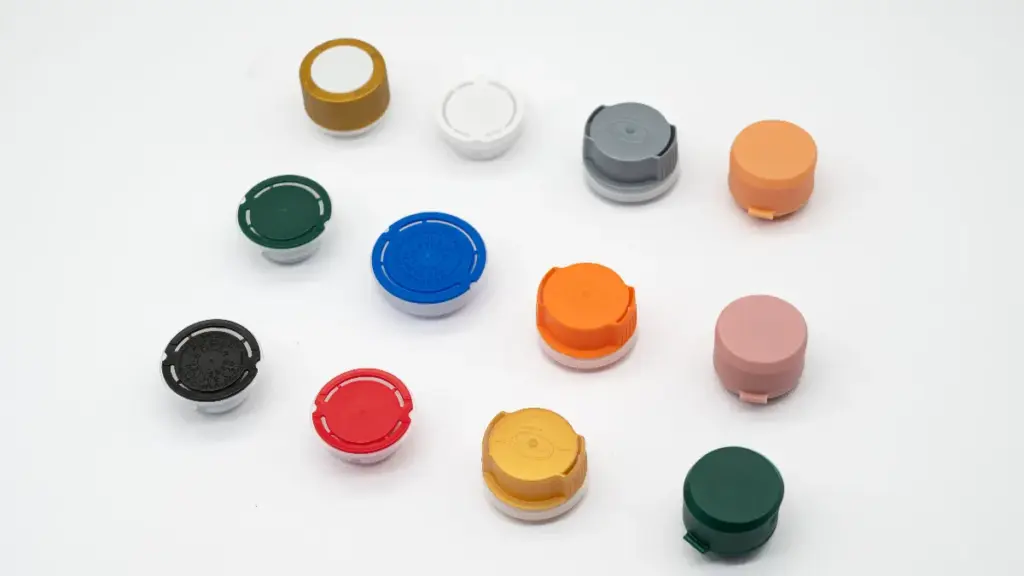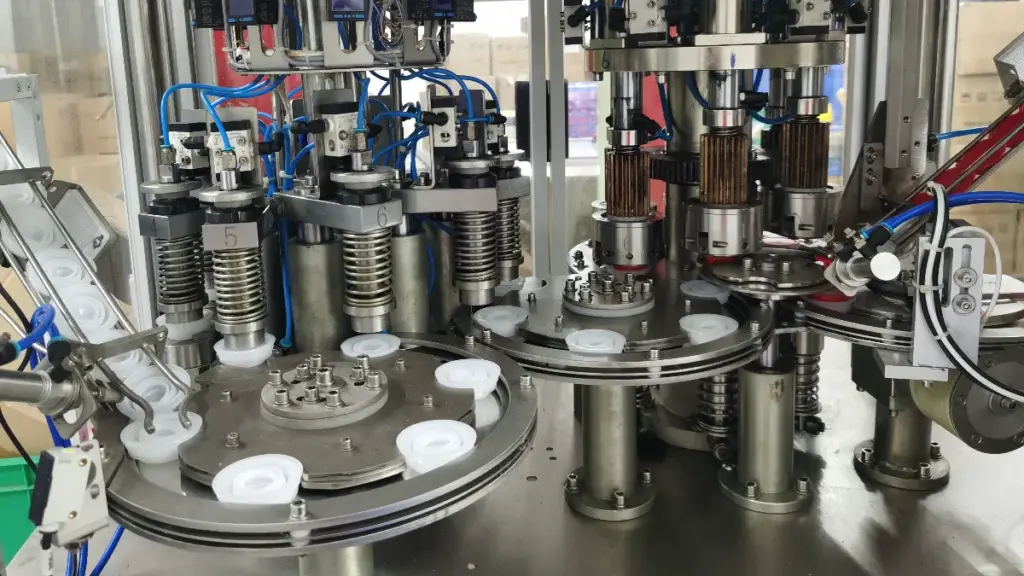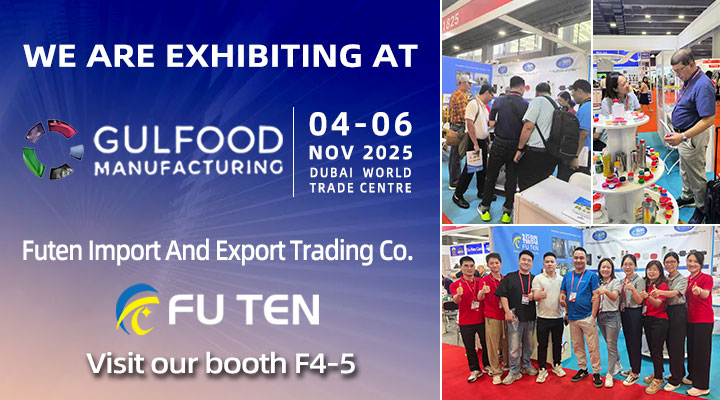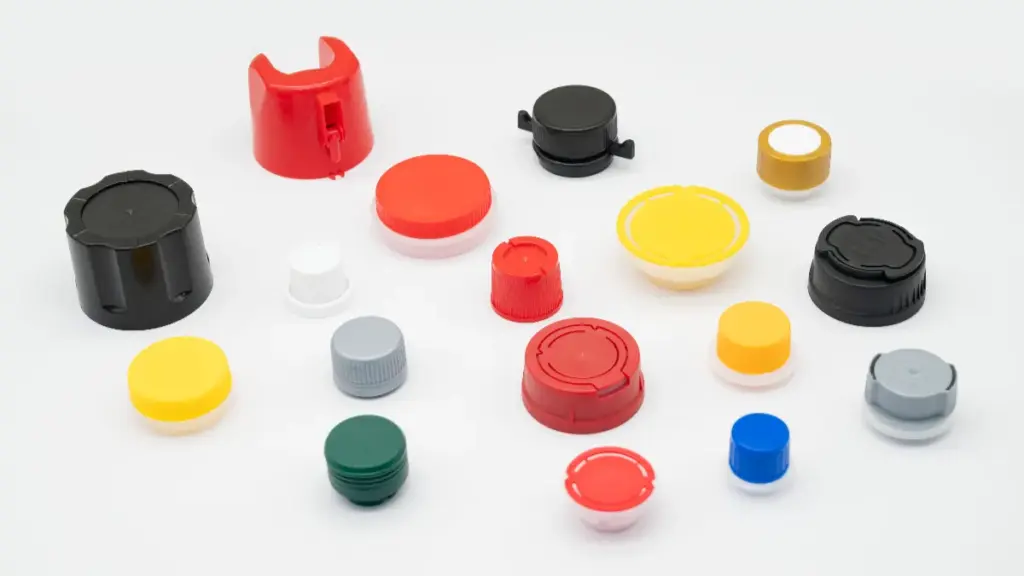When it comes to industrial plastic products, especially plastic caps for fuel additives, gasoline cans, and oil drums, choosing the right material is crucial. Two of the most commonly used plastics in the industry are HDPE (High-Density Polyethylene) and PE (Polyethylene). Understanding their differences can help manufacturers, engineers, and procurement professionals select the best material for durability, safety, und Wirtschaftlichkeit.
What Is HDPE?
HDPE, or High-Density Polyethylene, is a type of polyethylene characterized by minimal side branching on its polymer chains, which allows molecules to pack closely together. This results in a material that is:
- Stronger and more rigid than regular PE
- Highly resistant to chemical corrosion from fuels, Öle, and many industrial solvents
- Durable under high temperatures, with a melting point of 130–135°C and continuous use up to around 80°C
- Resistant to deformation and impact under stress, making it suitable for load-bearing applications
| Vorteile | Nachteile |
| Strong and rigid | Less flexible than LDPE |
| Resistant to chemicals | Higher cost than standard PE |
| Heat-resistant | Lower transparency |
| Impact-resistant | Slightly more difficult to process |
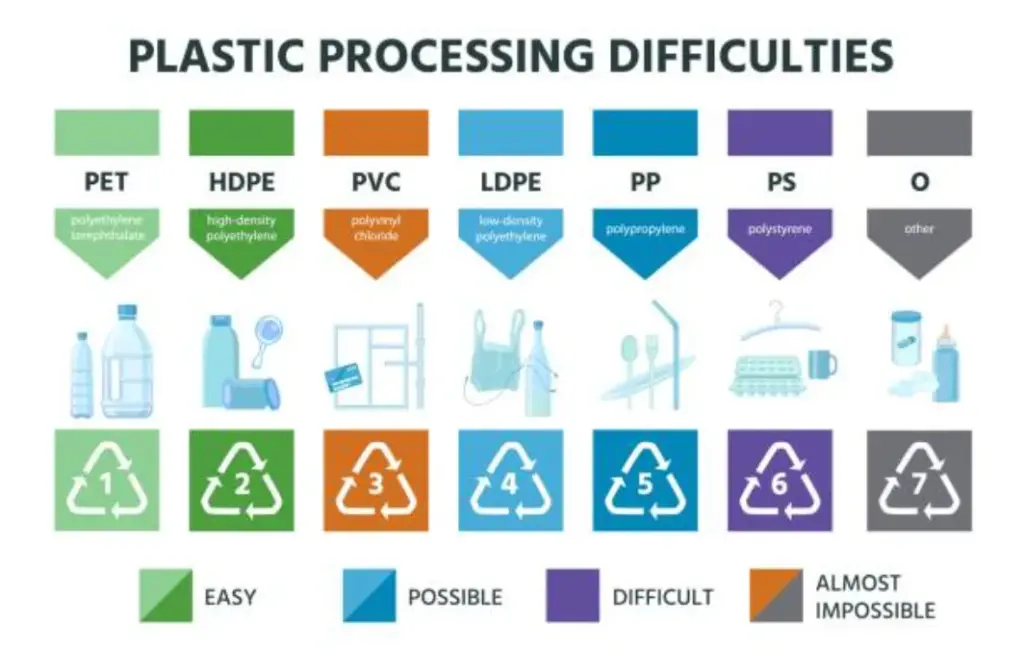
What Is PE?
PE (Polyethylene) is a general term for thermoplastic polymers made from ethylene monomers. Unlike HDPE, PE has more extensive side branching, which makes it:
Common characteristics of PE include:
- Flexible and easy to mold, suitable for low-pressure closures and consumer packaging
- Good impact resistance, which reduces the risk of cracking
- Often translucent, allowing some light transmission
- Cost-effective for applications that do not require high strength or heat resistance
| Vorteile | Nachteile |
| Flexible and soft | Lower mechanical strength |
| Good impact resistance | Less heat-resistant |
| Easy to process | Can deform under stress |
| Affordable | Less chemical-resistant than HDPE |
Physical Properties Comparison: HDPE vs PE
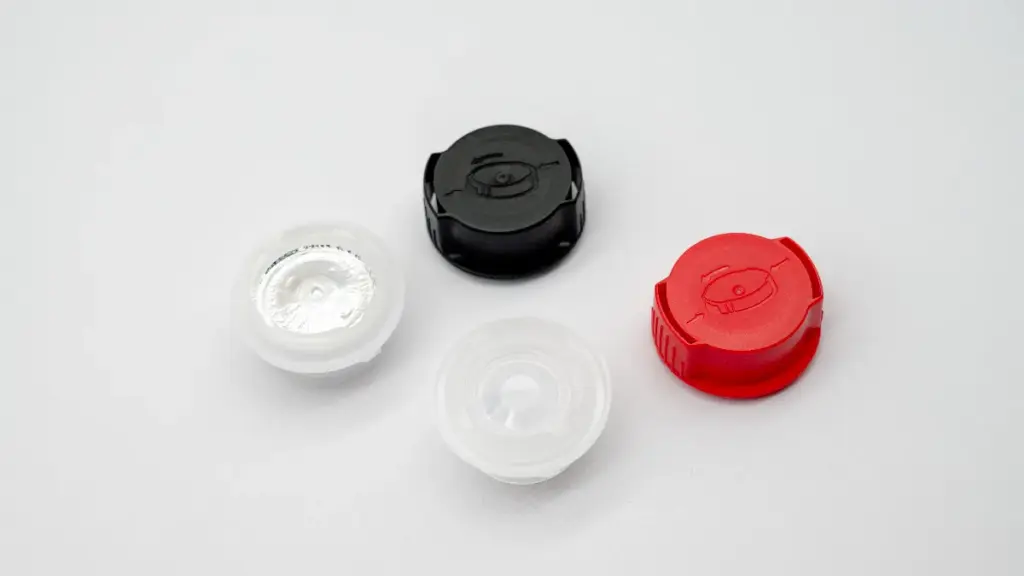
| Property | HDPE (High-Density Polyethylene) | PE (Typical LDPE / MDPE) |
| Density (g/cm³) | 0.941 – 0.965 | 0.910 – 0.940 |
| Shore D Hardness | 65 – 70 | 45 – 55 |
| Tensile Strength (MPa) | 25 – 35 | 8 – 20 |
| Elongation at Break (%) | 500 – 900 | 400 – 600 |
| Modulus of Elasticity (MPa) | 800 – 1,500 | 200 – 400 |
| Dielectric Constant (1 MHz) | 2.3 – 2.4 | 2.3 – 2.35 |
| Melting Point (°C) | 130 – 135 | 105 – 115 |
| Max Service Temperature (°C) | ~80 | ~60 |
| Water Absorption (%) | <0.01 | <0.01 |
| UV Resistance (without stabilizer) | Excellent | Good |
Notiz: Values are given as typical ranges under standard test conditions. For detailed information, please contact us directly.
Structural Difference
The main structural difference between HDPE and PE plastic lies in the level of molecular branching. HDPE has a linear molecular structure with very few side branches, allowing the polymer chains to pack tightly and form a highly crystalline structure. In contrast, PE (especially LDPE) contains many side branches that create more amorphous regions, reducing density and strength.
Mechanical and Physical Strength
The stronger molecular bonding in HDPE leads to significantly higher tensile strength and stiffness. It maintains its form under mechanical stress, making it suitable for industrial containers and parts that carry heavy loads. Standard PE, being more elastic, performs better where flexibility and impact resistance are important, such as films and light-duty packaging.
Chemical and Temperature Resistance
HDPE resists acids, alkalis, and many organic solvents even at elevated temperatures. Its higher melting point allows safe use in contact with fuels, Schmierstoffe, or heated liquids. In comparison, general PE begins to soften earlier, which limits its use in high-temperature or chemical environments. For manufacturers, HDPE provides longer service life under demanding industrial conditions.
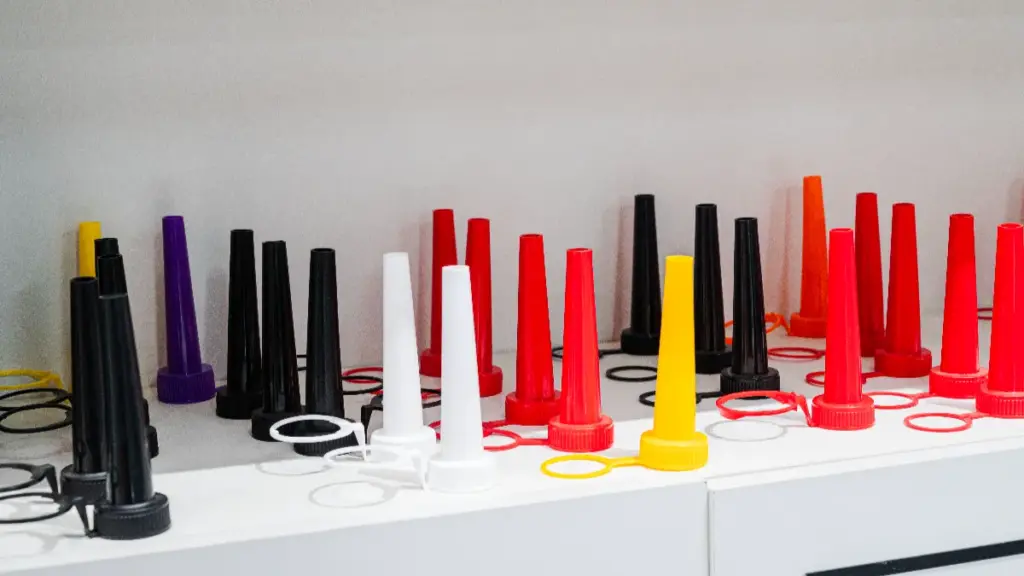
Processing and Production Performance
PE melts and flows more easily during extrusion or film-blowing, reducing processing difficulty and cost. HDPE, Jedoch, requires higher molding temperatures and precise control but delivers parts with better dimensional accuracy and wall strength. This makes it preferred for injection-molded components like caps and drums where precision and durability matter.
Cost and Availability
General PE is typically less expensive and widely available due to its simpler processing. HDPE costs slightly more but offers better long-term performance and durability. As of September 2025, the market price of standard PE resins in North America is approximately $1.23 per kilogram. In comparison, HDPE averages around $1.227 per kilogram in the USA during Q2 2025. (Source from IMARC Group)
Recyclability and Environmental Impact
Both HDPE and PE are recyclable under plastic code #2 or #4. HDPE maintains its structure better during recycling, making it suitable for reuse in industrial parts. General PE tends to degrade faster after repeated cycles. From a sustainability view, HDPE is preferred for reusable or refillable products, while general PE is used where low weight and flexibility are prioritized.
Applications of HDPE and PE Plastic
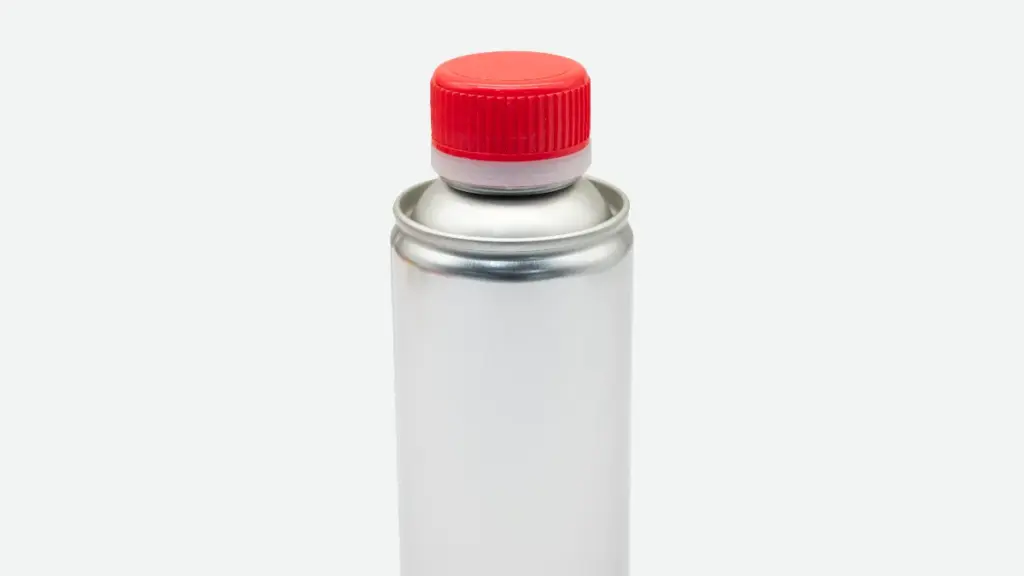
Both materials are versatile, but their uses differ based on properties:
HDPE Applications:
- Industrial containers and drums
- Fuel cans and fuel additive bottles
- Plastic caps for oil drums and gasoline containers
- Pipes and fittings for chemical-resistant applications
PE Applications:
- Packaging films and lightweight containers
- Food packaging and household chemical bottles
- Flexible hoses and wiring sheaths
- Auch Plastikkappen for aerosol, edible oil, chemical solvent, usw.
Different Types of Plastic Caps
Industrial plastic caps come in various forms:
- Schraubverschlüsse: Standard for fuel and oil drums, offering tight sealing.
- Flip-Top-Kappen: Easy to dispense small quantities, often for additives.
- Kindersichere Kappen: Safety design for hazardous liquids.
- Tamper-Evident Caps: Ensures product integrity during transport.
Alternatives to HDPE and PE Plastic
Although HDPE and PE dominate the market, alternative materials are sometimes used depending on performance requirements.
- Pp (Polypropylene): Good chemical resistance, often used for lids and closures.
- ABS (Acrylonitrile Butadiene Styrene): Tough and impact-resistant, mainly for consumer products.
- PVC (Polyvinyl Chloride): Resistant to corrosion, but less environmentally friendly.
- HAUSTIER (Polyethylene Terephthalate): Stark, leicht, and clear; commonly used for bottles and caps requiring high clarity and good barrier properties.
Why Futen Is Your Trusted Partner for Industrial Plastic Caps
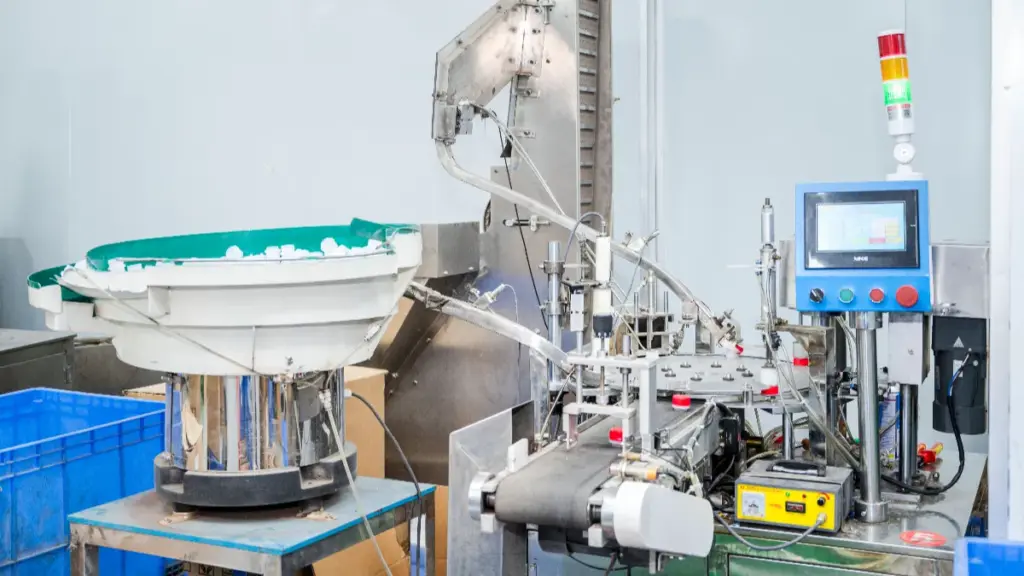
Gegründet in 2015 and based in Guangzhou, enthalten is a leading manufacturer of plastic caps, Metalldeckel, and closure components for industrial, Automobil, Haushalt, Aerosol, and food industries. We specialize in high-quality plastic caps for applications such as fuel additives, gasoline cans, and oil drums.
Here’s why manufacturers trust us:
- Premium Material Selection: We use 100% virgin PE sourced from Sinopec, ensuring excellent durability, chemical resistance, and long-term performance.
- Strong Production Capacity: With an annual output of 280 Millionen Schließungen, we can reliably meet both small and large-scale orders.
- Precision Design & Herstellung: Our custom molds and advanced Haitian injection molding machines with hot runner technology deliver caps with tight tolerances, reliable sealing, and consistent quality.
- Performance Tested: Every cap undergoes dicht, impact, and chemical resistance tests to guarantee reliability in demanding industrial environments.
- Customization Options: Colors, Größen, tamper-evident features, and logos can be tailored to your specifications.
- Certified Quality: Our products comply with ISO9001 and SGS standards, ensuring industrial-grade reliability.
Partner with Futen for industrial plastic caps that combine safety, Haltbarkeit, and precision, helping your products perform reliably in both domestic and international markets.
👉Kontaktieren Sie uns noch heute to request a free quote or consult our experts for custom plastic and metal closure solutions.

